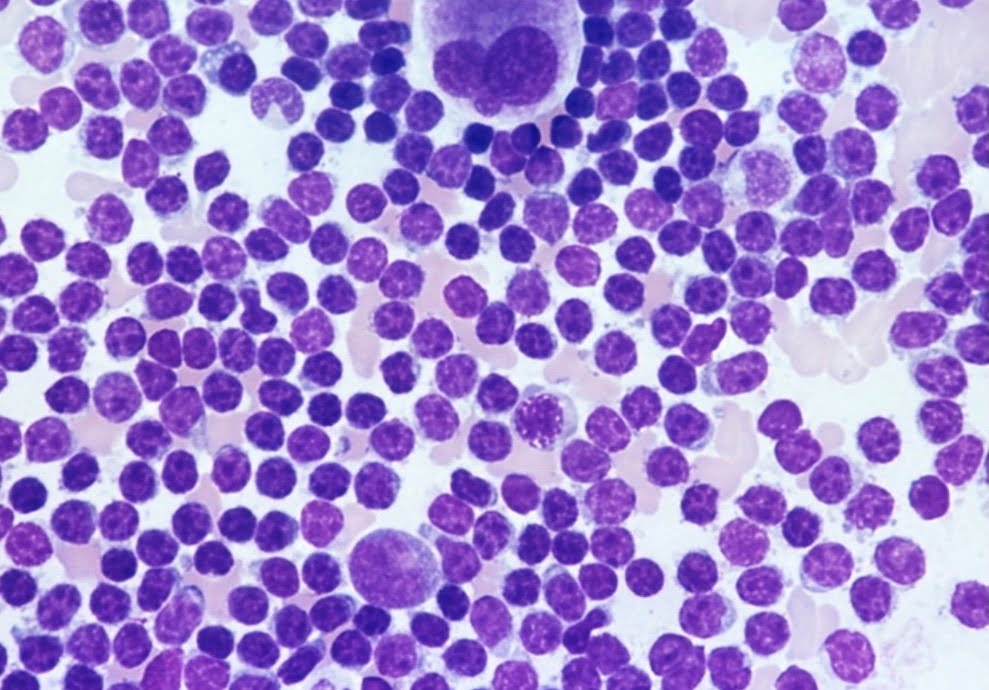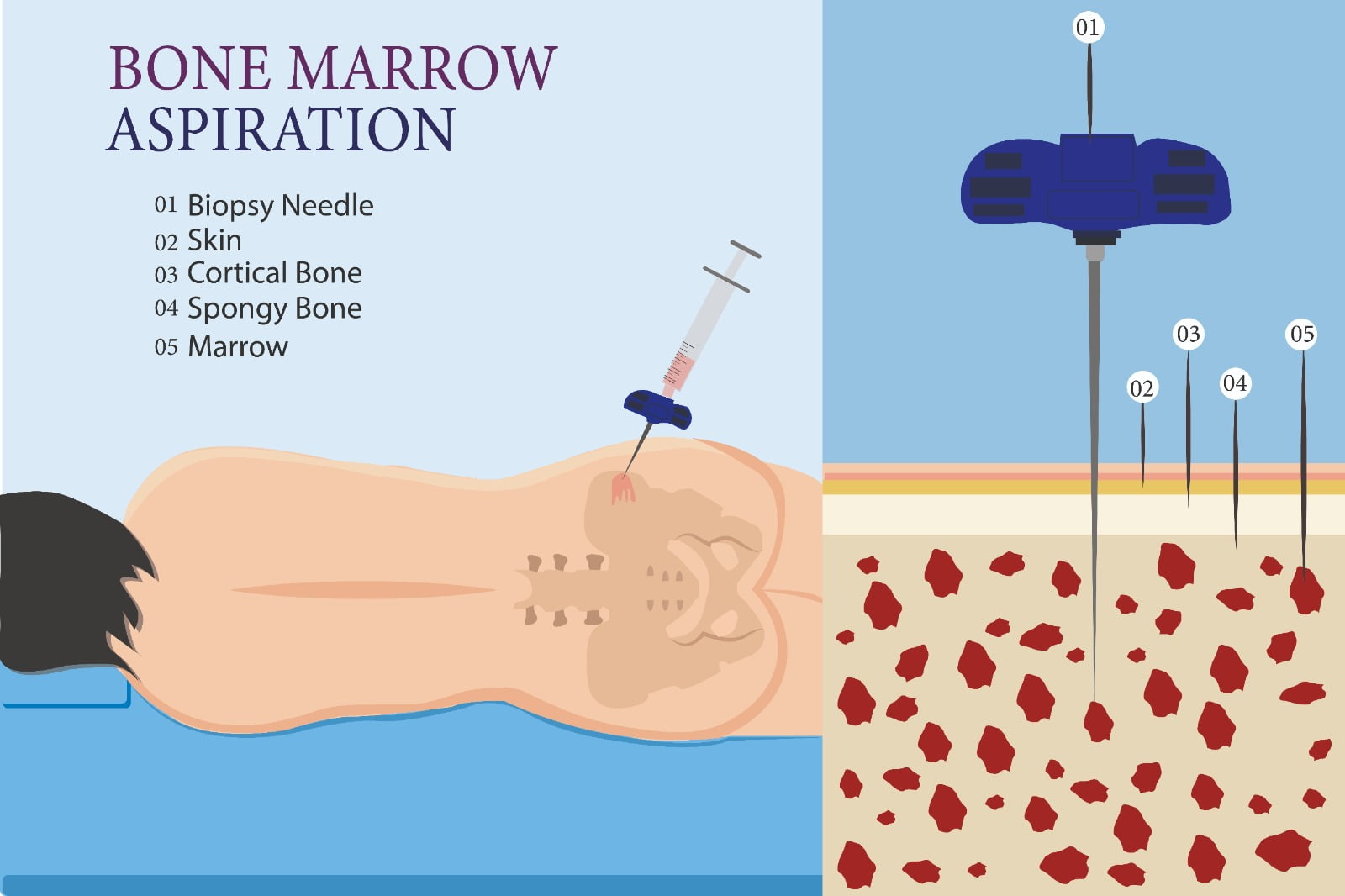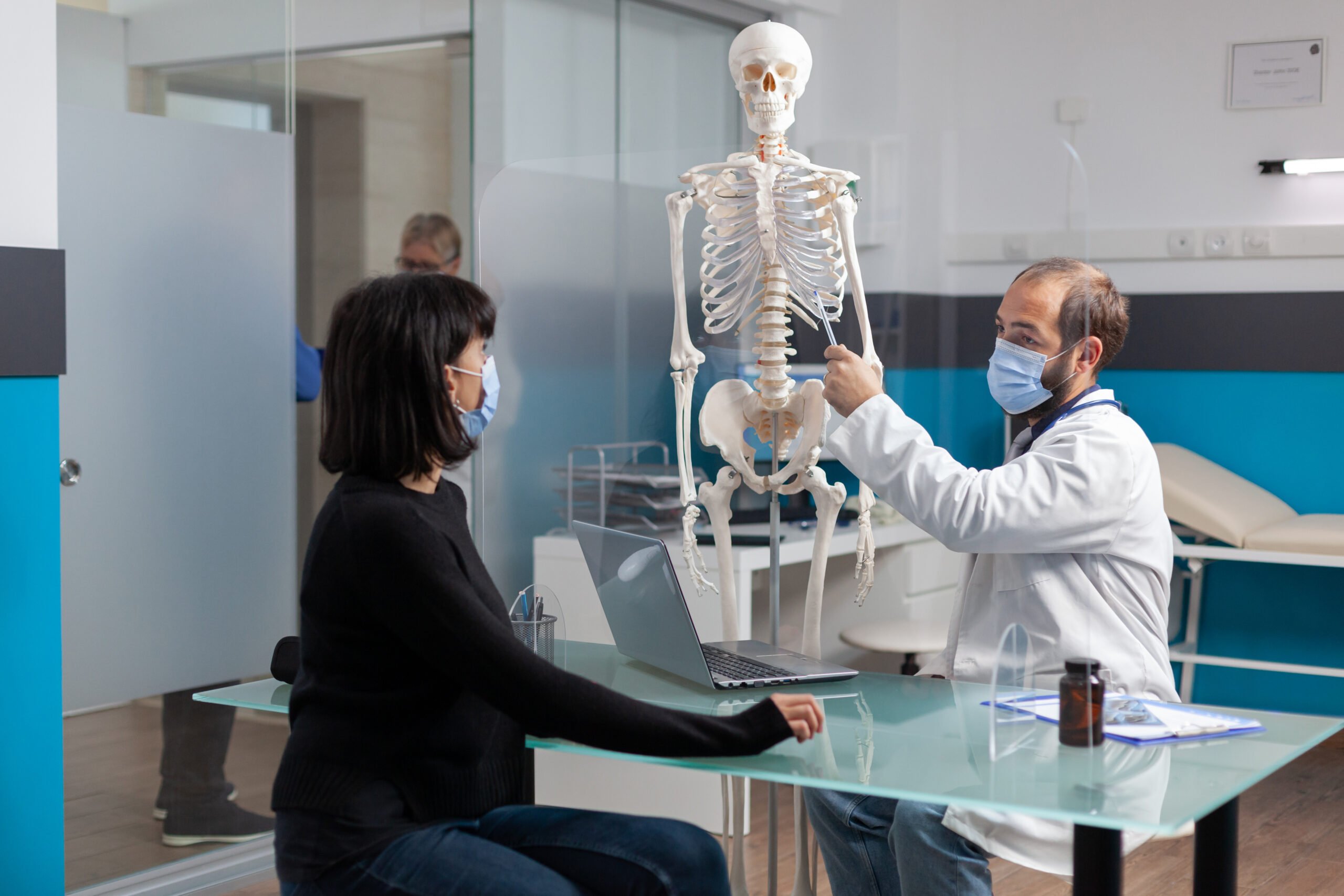Services
Bone Marrow Evaluation
A medical test known as a bone marrow evaluation is given to cancer patients in order to analyze the bone marrow, which is the soft tissue found inside the bones, for any indications of malignancy. This process assists medical professionals in determining whether or not the cancer has spread to the patient’s bone marrow and assists in guiding decisions on the patient’s treatment.



When Is Bone Marrow Evaluation Done?
The following circumstances usually lead to a bone marrow examination for cancer patients:
Diagnosis: BMT evaluations are performed to establish the presence of cancer and determine its exact kind in patients presenting with symptoms suggestive of the disease, such as unexplained anaemia, odd blood cell counts, or bone pain.
Staging: A bone marrow biopsy may be carried out as part of the staging procedure in order to assess the degree of cancer's metastasis, particularly in blood-related malignancies such as leukaemia or lymphoma.
Treatment Planning: Physicians may evaluate a patient's bone marrow in order to monitor the course of the malignancy, determine how well a patient is responding to current treatment and adjust course of action as necessary.
Verification of Remission: Following therapy, a bone marrow examination can verify if the patient is in remission or whether cancer cells are still present.
Relapse detection: This method is used to identify cancer patients who have undergone prior treatment for the disease when it recurs.
The kind and stage of the cancer, the patient's reaction to treatment, and the overall treatment plan decided upon by the medical team all influence the precise timing and frequency of bone marrow assessments.
Process Of Bone Marrow Evaluation
Evaluation of bone marrow typically involves two procedures: bone marrow aspiration and bone marrow biopsy. Typically, these procedures are performed concurrently to provide comprehensive data. Here's how they're completed:
- Bone Marrow Extraction:
Typically, the patient rests on their side or abdomen.
The site (typically the iliac crest or sternum) is cleansed and numbed with a local anaesthetic.
Then, a narrow, hollow needle is inserted into the bone.
Attaching a syringe to the catheter, the liquid portion of the bone marrow is extracted (marrow aspirate). This fluid contains blood and blood-forming cells in their embryonic stages.
The sample will be analysed in a laboratory.
- Biopsy of Bone Marrow :
After the aspiration, a larger needle is typically used to remove a small nucleus of solid bone marrow tissue from the same location.
This biopsy provides a sample of the patient's actual bone marrow tissue, which is necessary for a more thorough examination.
The biopsy sample is also analysed in the laboratory.


Bone Marrow Test Effects
A bone marrow test, consisting of bone marrow aspiration and biopsy, may be necessary in a variety of medical circumstances, particularly when the presence of certain conditions or diseases is suspected. The following are common motivations for conducting a bone marrow test:
- The diagnosis of hematologic malignancies
- Monitoring progression of cancer and treatment response
- Staging hematologic malignancies
- Evaluation of undiagnosed blood irregularities
- Identification of involvement of bone marrow in solid tumours
- Recurrence of cancer detection
- Evaluation of cytopenias among cancer patients
- Malignant lymphoma
- Myeloma
FAQ
Frequently Asked Questions
A bone marrow test can be used to examine the cells within your bone marrow. Inside of your bones is the spongy bone marrow, which produces blood cells.
To ascertain whether cancerous cells exist in the bone marrow one may be used to evaluate the efficacy of your treatment.
A small area of the hip is numbed with a local anaesthetic injection. A needle is inserted into your hip as the specialist extracts bone marrow. The exam lasts approximately 30 minutes. Within two weeks, you should receive the results.
Examples of potential adverse effects include bruising, haemorrhage, discomfort, infection, and tingling in the legs.
